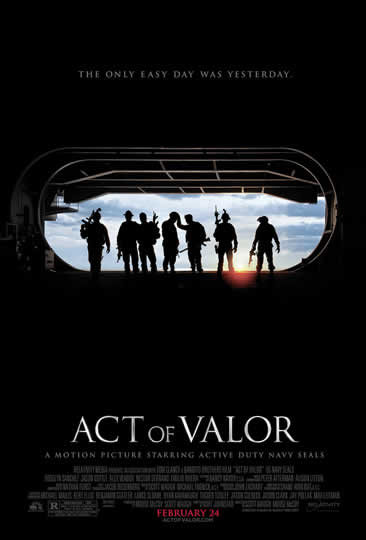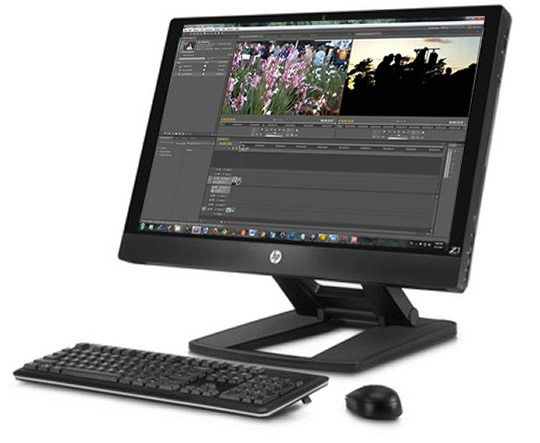 Jacob Rosenberg, a filmmaker, author, and digital technology expert, he developed his passion for video and film as a skateboarder in the early 1990’s, making two of the most acclaimed skateboard videos for the company Plan B. Upon graduating from Emerson College, his thesis film “Silent Rain in the Ninth,” was released on DVD; Rosenberg promptly began directing music videos, commercials and short films.
Jacob Rosenberg, a filmmaker, author, and digital technology expert, he developed his passion for video and film as a skateboarder in the early 1990’s, making two of the most acclaimed skateboard videos for the company Plan B. Upon graduating from Emerson College, his thesis film “Silent Rain in the Ninth,” was released on DVD; Rosenberg promptly began directing music videos, commercials and short films.
Rosenberg connected with fellow directors and Bandito Brothers principals Mike McCoy and Scott Waugh when he served as the Online Editor and Digital Intermediate Supervisor for “Dust to Glory.” That feature utilized an all-digital workflow designed by Rosenberg that used 1080p HD as its Digital Intermediate format, mixing nine different video formats seamlessly and printing the HD edit directly to film. Subsequent to “Dust to Glory,” Rosenberg has contributed his technical knowledge to a number of feature film projects, including “Superman Returns,” Martin Scorsese’s Rolling Stones documentary “Shine a Light,” James Cameron’s “Avatar,” and the acclaimed independent film, “August Evening.” 
Since joining Bandito, Rosenberg has directed spot projects for Ford, Harvey Nichols, Kaya Skin Clinic, Kick-n-Go, and gogurt.com; he also has written and directed a short entitled “December Story” which is screening at festivals. Rosenberg is currently directing a feature-length documentary on skateboarder Danny Way. Bandito Brothers’ last film, “Act of Valor,” was their first feature film that harnessed the power of HP Workstations and HP DreamColor displays to develop an extraordinary composite of real-life heroism and innovative filmmaking. Now Bandito Brothers are about to release a documentary feature.
Bijan Tehrani: Please tell us about your new projects that you are working on.
Jacob Rosenberg: We are just finishing up my first feature documentary film called Waiting for Lightning. We had our last shoot in April and we are finishing up the film to be released by Samuel Goldwyn Films this fall, 2012.
We are also currently working on a new Hot Wheels campaign and a web series called Aim High 2 for Warner Brothers Digital. We’re in development and in negotiations for other projects too.
BT: Please tell me about how you continued work with HP and how you have used their technology in your work?
JR: HP technology has been part of everything that we have done, from the editing of Act of Valor to the editing of Waiting for Lightning and so forth. We currently use HP Z800 Workstations, HP Mobile Workstations and DreamColor monitors.
We are in an interesting moment right now—we are really excited about the new wave of HP technology that was just released. We are really excited about the new Z820 Workstations, the Z1 all-in-one system and the new generation of HP Mobile Workstations. All of those new products are now making their way into our infrastructure.
First off, we are excited about the Z1. It is a really peppy and really strong workstation that doesn’t take up much real estate. It’s self-contained and has a really good monitor so you don’t need multiple monitors. It has an Nvidia graphics card, so we can put a video editor on it for some of our smaller projects. It also has the space to hold 2 drives so you can have a RAID’d drive configuration within the all-in-one which is quite unique.
We’re also really excited about the new Z820s. They have motherboard enhancements which enable faster communication and access to the RAM and faster access to the card slots. And with the next wave of Intel processors and with what the Z820 is doing with graphic card slots, we are excited to use these in our workflow. A lot of the applications we run utilize the strength of the graphics card. Also, with the high number of drive slots we can have eight to 10 terabytes of internal storage and a ton of RAM—that’s a big deal for us. We recently used these systems on a Hot Wheels shoot and they were smoking fast!
 BT: I’m not sure if you will agree with me or not–I have visited a lot of smaller studios in Los Angeles, especially in Hollywood and West Hollywood, Studio City and Burbank, that have really small spaces. I think they would love to have a system like the Z1. How much do you think it will help if those studios that don’t have projects of your size but are making commercials and trailers do their work using Z1s?
BT: I’m not sure if you will agree with me or not–I have visited a lot of smaller studios in Los Angeles, especially in Hollywood and West Hollywood, Studio City and Burbank, that have really small spaces. I think they would love to have a system like the Z1. How much do you think it will help if those studios that don’t have projects of your size but are making commercials and trailers do their work using Z1s?
JR: I think the Z1 systems are great for a host of different projects. The only limitation with the Z1 is there is a limit to the amount of internal storage that you can have. But with USB 3.0 you can have data on an external drive and get extremely fast access to it.
In terms of loading data such as R3D files, loading compressed video files and doing editorial work, the Z1s are fantastic. We had some Canon 5D Mark II files that we edited on one of the Z1s; it was incredibly fast and incredibly peppy. It’s a great system. The speakers sound really nice and overall the Z1 looks great. And since it’s an all-in-one it doesn’t take up much space.
The Z1s are a lot different from iMacs—we do have some iMacs at our company, but they have a number of limitations that the Z1 doesn’t have. It’s impressive how the Z1 all-in-one form factor accommodates specific user needs for upgrading RAM and Drives. You can have a terabyte of secure, RAIDed storage; you can have a lot more RAM; you have a ton of options for ease; you have all these other ports so you can plug in different types of drives. It offers a lot more opportunity to be economical in terms of space as well as performance and value.
BT: What would you say to people who are concerned about storage?
JR: I don’t know too much about HP’s plans with cloud storage, I know that HP has a lot of infrastructure to support render processing on big DreamWorks Animation films, for example. So clearly HP has the resources to do something like that incredibly well.
I think that cloud storage is very interesting for the future of computing. You have data that goes up to a central data center and you have access to that material, and then you navigate your needs on a project by project basis. It’s clearly very forward thinking, but it depends how quickly you need access and how fast that access needs to be. We do some shoots where we shoot a terabyte of footage in a day and I could not imagine a scenario of uploading a terabyte to a cloud, at this point. But in the future there may be faster hooks and ways of doing it—maybe you put it all local and then it trickles up over time.
I think the strength of the cloud storage scenario is the ability for multiple users to access the same data on different systems without having to rely on your own network. That way you can have a collaborative environment with people who are not exactly under the same roof. It is incredibly practical and incredibly forward thinking to have people accessing a secure storage hub that acts as a central work space.
BT: How does the Z820 compare to its previous version, the Z800?
JR: It is hard to measure unless you are trying to do the exact same task on the two systems, but it seems like things are exponentially faster. We have experienced a massive acceleration in everything. Everything is peppier and faster.
We’re at the point where we want to push the Nvidia cards and the workstations to see what we can do. We would like to build some sort of real-time 4K playback infrastructure. The Z820s are a massive step forward; it is hard to imagine how to speed up the Z800s besides putting a faster processor in there, but HP did. They delivered.

